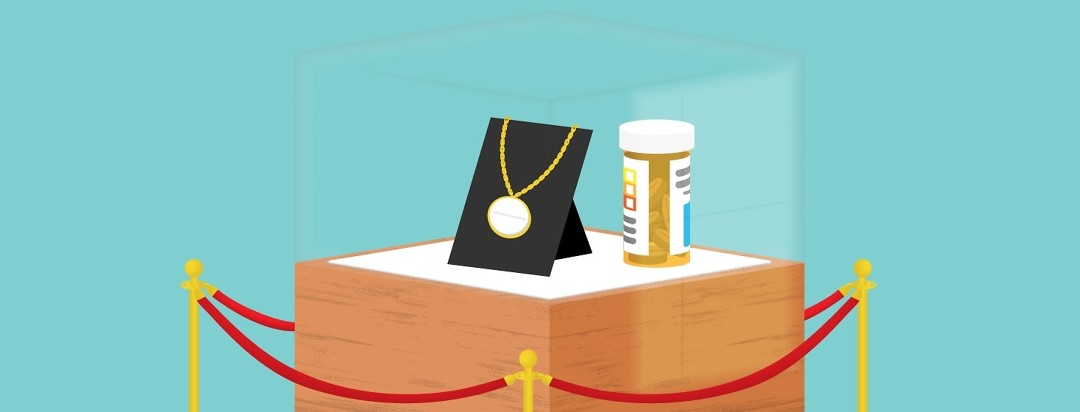The Costs of Type 2 Diabetes - Time, Effort and Money
The first ten years of type 2 diabetes did not come with high financial costs. Effort towards exercising and time spent reading food labels at the grocery store would occasionally tax motivation, though seeing A1C trends two or three times a year would reenergize me to keep going. Besides paying a higher co-pay to see a specialist (endocrinologist), that lab work did come out-of-pocket, as did a minimal amount for a metformin prescription.
The many costs of managing type 2 diabetes
It will be fifteen years since type 2 diabetes entered my life next March. The last five years have come at a higher price, with progression occurring despite best efforts most of the time. The physical therapy prescribed after an arthritic knee diagnosis ate through a year’s health insurance deductible. Coping with life after forty with multiple chronic conditions and the question of quality versus quantity of life necessitated psychotherapy. Most of all, the struggle to stay away from that ugly term of a “non-compliant” A1C, has now impacted financial costs.
Better type 2 diabetes medications come at a high cost
Just since my type 2 diabetes diagnosis in 2005, the development of better type 2 diabetes medications has exploded. The options were limited back then, and not long after I developed type 2, a couple of the available medications (Actos and Avandia) were handed black box warnings surrounding congestive heart failure. Luckily, there are better alternatives now, including the classes known as GLP-1 and SGLT2. However, these have not yet hit the generic market, and are considered brand names on prescription formularies.
Stopping medication to reduce cost
In early 2017, when I started my first round with a GLP-1 (Victoza), the copay was manageable for a monthly prescription, even being a brand name. It worked well to bring my A1C down within four months, and the main reason I stopped taking it was that I was relocating without a job lined up, which meant eliminating some expenses.
Even though I did stop taking it, the effect Victoza had on insulin production remained for nearly two years. Some of this could have been attributed to the motivation of staying off a pricy medication through increased exercise and cooking more at home than I had in recent years. Then after a summer of feeling off, and attributing that to mental health concerns, an A1C in August revealed another round of that ugly term “non-compliance”.
Becoming healthier with type 2 diabetes is costly
This time, it would be different. With different health insurance, and with a high deductible plan coupled with coinsurance up to the out-of-pocket maximum, the financial cost would go up with a significant co-insurance responsibility. This medication that quickly turned around how I felt from cranky and tired in August to content and energetic in October came with a price that I need to consider for long-term usage. There are ways around it from what peers have explained, through manufacturer coupons or through running the prescription outside of insurance, though it will take some research that will take time out of a busy schedule.
With more and more research coming out regarding improvement of cardiovascular and renal outcomes for type 2 diabetes patients who use these newer classes of medications, it is frustrating that the cost can often be prohibitive. Becoming healthier with type 2 diabetes is already costly enough with the time and effort it requires.

Join the conversation